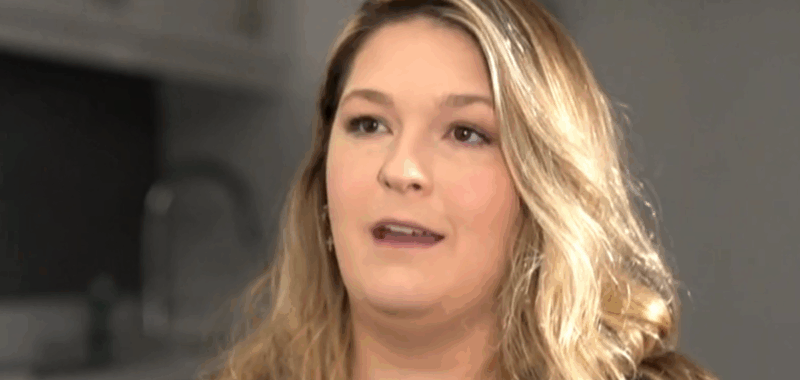The Department of Education says federal student loan borrowers who do not pay on time could damage their credit scores and even have their wages garnished beginning today, May 5 — causing challenges for some of the more than 5 million borrowers who are in default and struggling to get answers about their loans.
“I don’t think anyone takes out a loan with the intention of not paying it back. It’s how easily you can pay it back, that’s the problem,” said Jana Heartwood, who owes more than $40,000 in student loans from her nursing degree.
“We’re kind of drowning as it is,” she said.
Two years ago, Heartwood’s son was born with a medical condition, and to treat it, Heartwood exhausted her savings and took out money from her 401K.
During the pandemic, student loan payments were put into forbearance, but when repayments resumed last year, Heartwood said she was never notified.
After hearing of the agency’s collection decision from a news report, Heartwood checked her account and said she was shocked.
“I had no idea that my loans were delinquent at that point … I checked every email. I got statements that had a zero on it,” she said.
Persis Yu, an expert in student loan law, said steep job cuts at the Education Department, and steps to dismantle it, have left the loan system in disarray.
“Borrowers cannot get answers from their servicers,” said Yu. “Many of the services have hours-long call wait times in order to get just a simple answer about, ‘How much do I owe? How do I pay my loan?'”
After hours on the phone, Heartwood still had no clear answer on her loans, saying she can’t afford to pay anything back right now.
“It’s not easy. Every week is hard,” she said. “Every paycheck is immediately gone. It’s gone before we even, you know, have it.”
The Department of Education’s Office of Federal Student Aid (FSA) is restarting collections on defaulted federal student loan on Monday, as a new analysis shows that delinquency rates are higher than ever.
Yu said there are no provisions that take into consideration when families have extraordinary circumstances, like having to pay for the medical care of a loved one.
“It’s an impossible standard for so many to meet and that’s why so many borrowers do fall into default,” she said.
The Department of Education under President Trump blames the Biden administration. It told CBS News that because of “attempts to transfer student debt to every taxpayer, the student loan portfolio is in a dire financial state.”
Student loan pause and future payments
Student loans payments and interest accruals were paused in March 2020 by President Trump during the COVID-19 pandemic. Former President Joe Biden extended the halt of payments multiple times before they resumed in October 2023.
The Biden administration sought to eliminate some student debt but faced multiple legal challenges from the courts, including a 2023 ruling from the Supreme Court. During the Biden administration, more than 5 million borrowers had their debt erased through various initiatives.
GOP lawmakers recently introduced legislation to overhaul the student loan repayment program, which includes eliminating the SAVE plan, created by the Biden administration in 2023.
Going forward, the Department of Education, in conjunction with the Department of Treasury, will shepherd the student loan program responsibly and according to the law, which means helping borrowers return to repayment — both for the sake of their own financial health and our nation’s economic outlook,” Education Secretary Linda McMahon said in a statement last month, adding, “There will not be any mass loan forgiveness.

